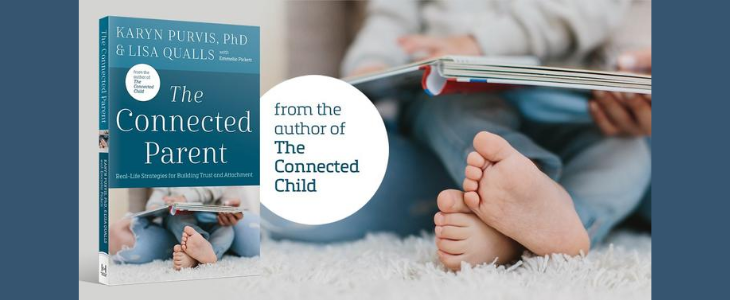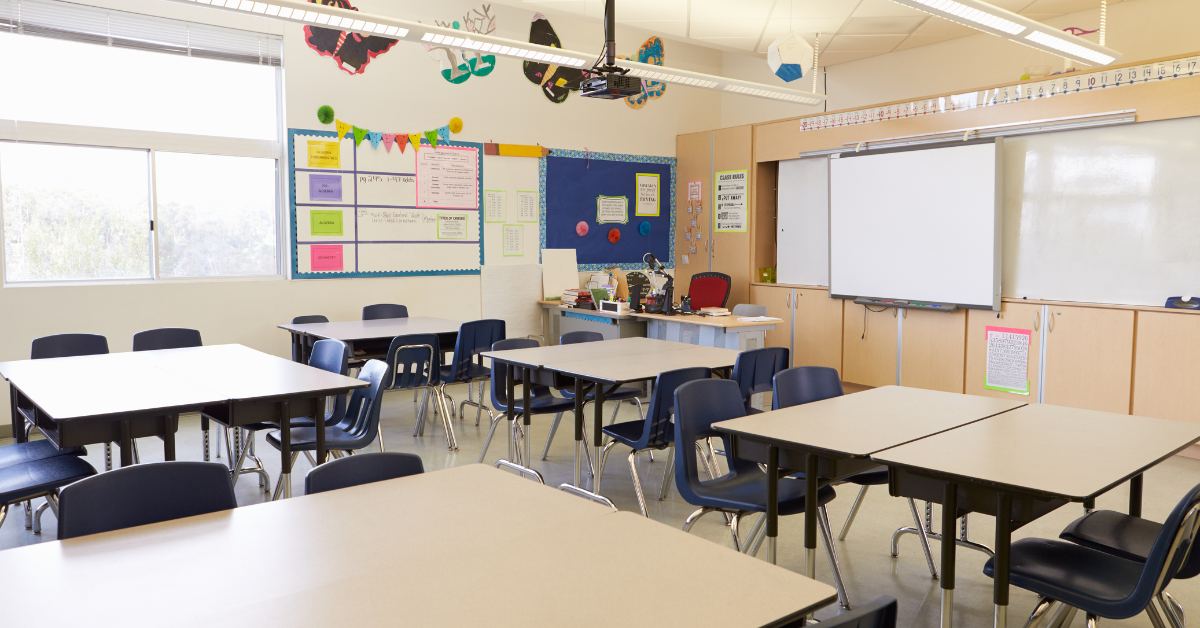The Connected Parent book review, Part One

It’s not often that you remember exactly where you were when reading a book more than 13 years ago, but I do remember reading a manuscript of Dr. Karyn Purvis’ The Connected Child. I was on a Sunday morning train to New York City and remember thinking how helpful this information would be for parents caring for “children that came from hard places”. After finishing it, I jotted down the words, “hope-filled strategies”, a description that would later appear on the back cover in what would become NCFA’s endorsement of Dr. Purvis’ original book. Dr. Purvis’ ability to take what brain science was teaching physicians, therapists, and adoption professionals about the effects of pre- and post-natal trauma on the brains of infants and children, combined with proven strategies that fostered healing to children and families, has become one of the most successful therapeutic approaches used today, known as Trust Based Relational Intervention.
Now, after all these years, TBRI has helped thousands of parents caring for children who have experienced trauma bring healing to their children and families. Recently, as part of a research project, I interviewed adoptive families to ask “What training has been most helpful to your families in helping you successfully parent?” A significant majority of these families listed TBRI as the most helpful intervention in which they were trained. The Connected Child changed lives, and I’m pleased to see that a new book authored by the late Dr. Purvis and Lisa Qualls, The Connected Parent, has come out, offering science-based, hope-filled strategies for caring for and promoting healing of children from hard places.
One of the key takeaways from the first book – and it’s still a prevailing theme in the new book – is the importance of a parent gaining perspective on the child’s prior traumatic experiences as a means of understanding why a child reacts as they do. It is in developing this insight that a parent is able to assign no blame to the child for their behavior as the child is only living out how their brain has wired them to respond. In The Connected Parent, we see specific examples of how the TBRI techniques can be incorporated into everyday family life. What may have been groundbreaking information in 2007 for parenting children who have experienced horrible traumas is much more mainstream today. As the profile of the average child who is adopted today becomes increasingly older and their history of trauma deeper, the timely and proven strategies explained in The Connected Parent offer a new generation of families who have come together through adoption the tools and encouragement they need to move their children towards healing. I recommend the book for professionals and parents who desire to better understand the effects of trauma on a developing brain and who desire to help children heal from their hurts.



